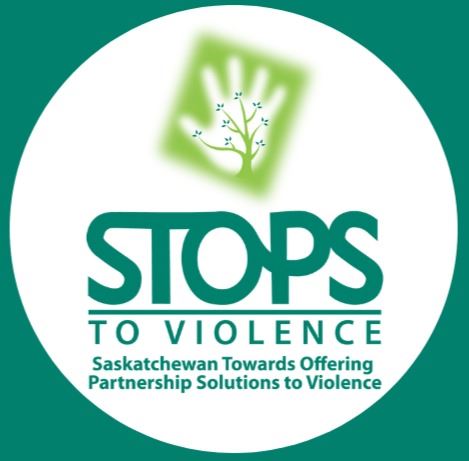 | SASKATCHEWAN TOWARDS OFFERING PARTNERSHIP SOLUTIONS TO VIOLENCE |
Recognizing our responsibility to the lands and
original people of Treaty territories 2, 4, 5, 6, 8, 10, and unceded
territories, the traditional lands of First Nations people and
homeland of the Métis Nation.
| Email: info@stopstoviolence.com Phone: 306-565-3199 |
Powered by Wild Apricot Membership Software